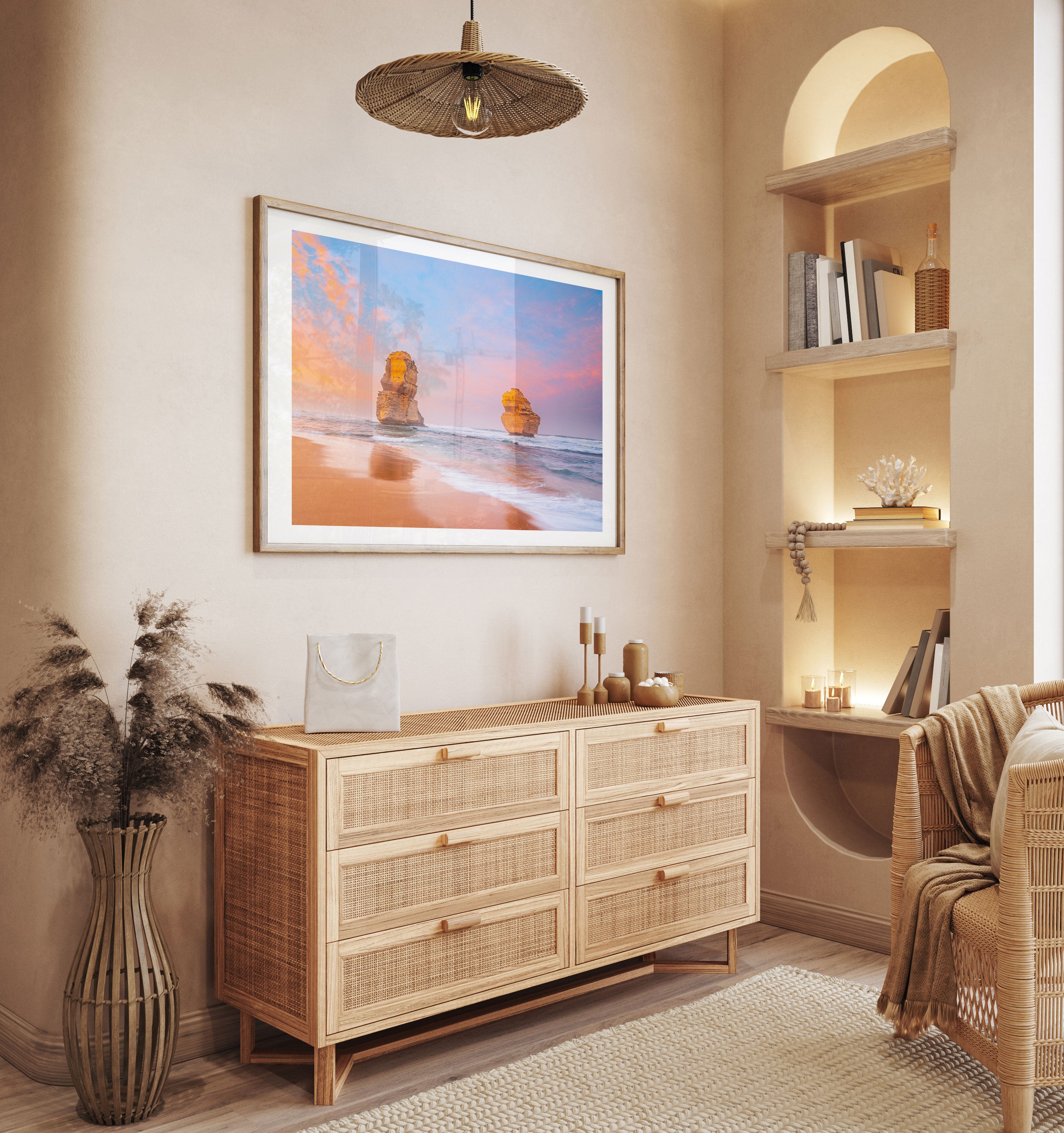Hanging Instructions for Your Wall Art
Congratulations on your new artwork! To help you hang your piece with confidence and ensure it looks its best, we've put together this guide with step-by-step instructions and best practices.
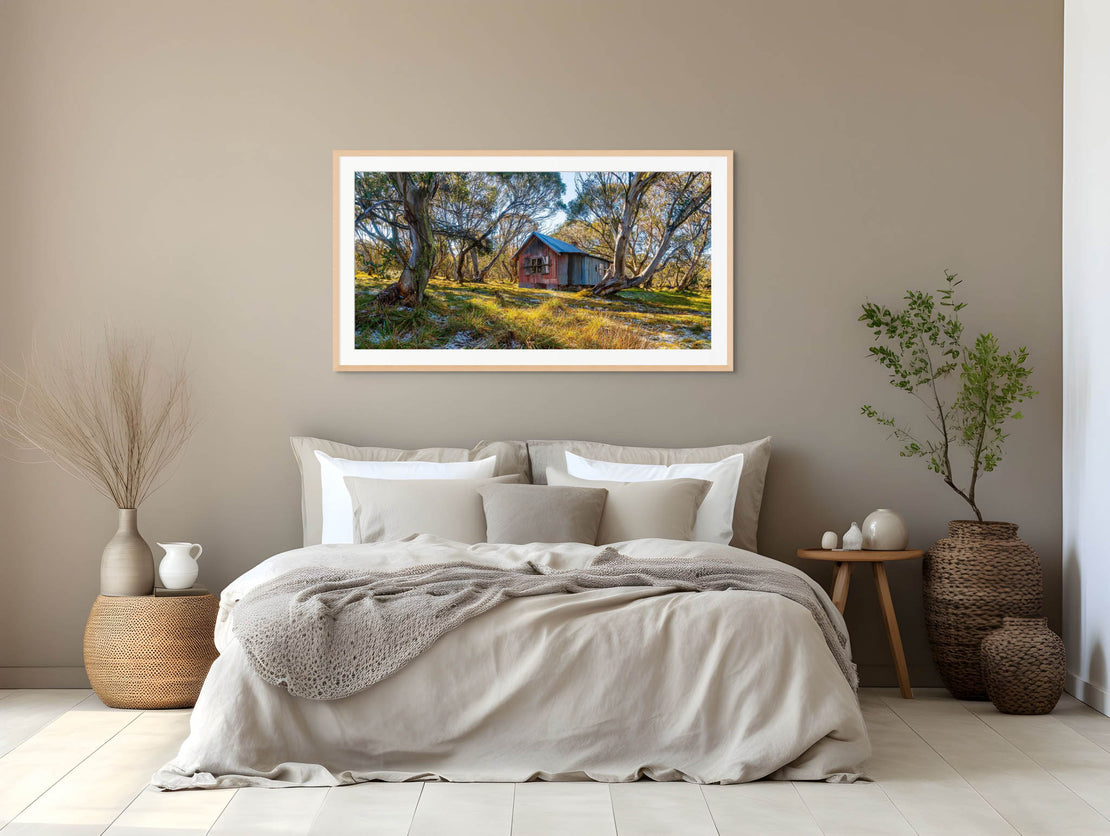
Where to Hang Your Art
The ideal height to hang a single piece of wall art is at eye level. A common gallery rule is to position the center of the artwork approximately 1.5 metres (57 to 60 inches) from the floor. This allows for a comfortable viewing experience without straining your neck.
- Above Furniture: If you're hanging the art above a sofa, bed, or console table, the eye-level rule might not apply. A good guideline is to leave a gap of 15-20 cm (6-8 inches) between the top of the furniture and the bottom of the frame. This ensures the artwork and furniture feel visually connected.
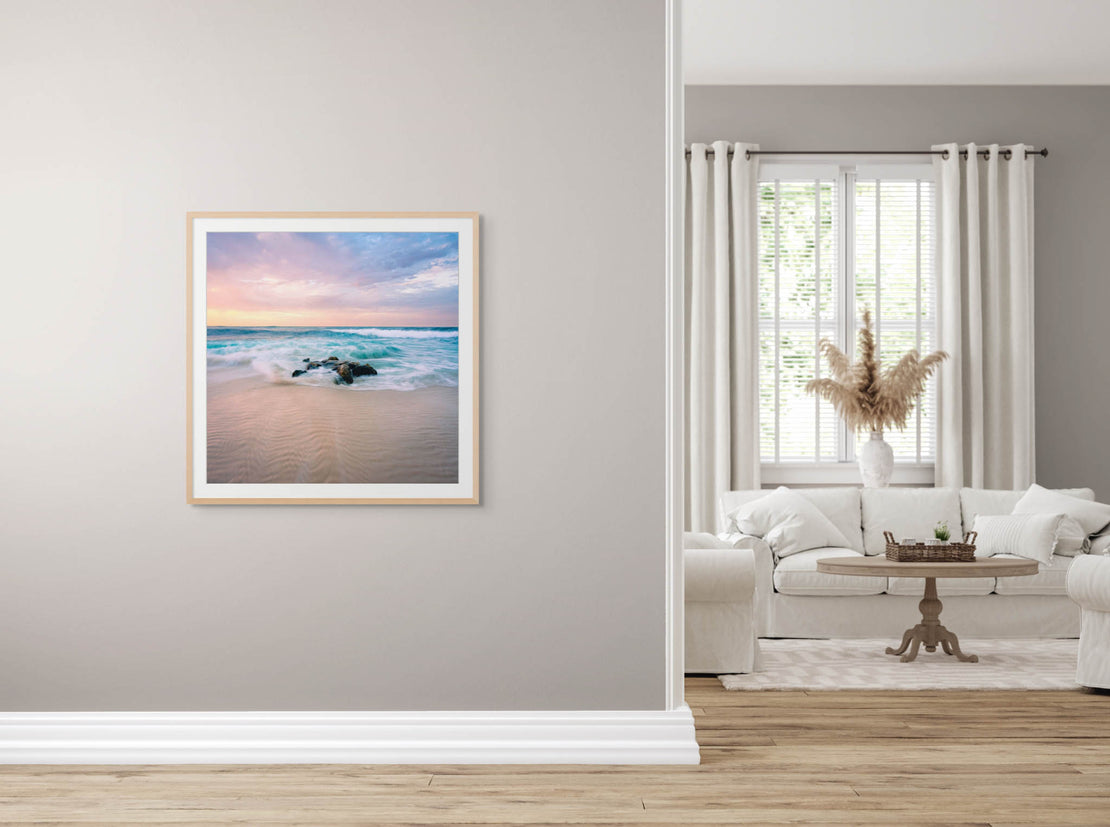
Preparing to Hang
Before you make any holes in the wall, it’s best to plan your placement carefully.
You will need:
- A tape measure or ruler
- A pencil
- A spirit level (optional, but highly recommended)
- The correct wall hangers for your frame’s weight and wall type (e.g., plasterboard, brick, timber).
Step-by-Step:
- Mark the Center: Measure 1.5 metres up from the floor and lightly mark this point on your wall with a pencil. This is where the centre of your frame will be.
- Find the Hanging Point: Lay your frame face down on a clean, flat surface. Pull the hanging wire taut and measure the distance from the top of the frame to the taut wire.
- Mark the Hook Position: Go back to your wall and measure down from your 1.5-metre mark by the distance you just measured in the previous step. This is where your wall hook or screw will go. Mark this spot with your pencil.
- Install the Hanger: Carefully install your picture hook or screw at the marked position, making sure it is level.
- Hang Your Art: Carefully hang your frame, step back, and use a spirit level to ensure it is perfectly straight.
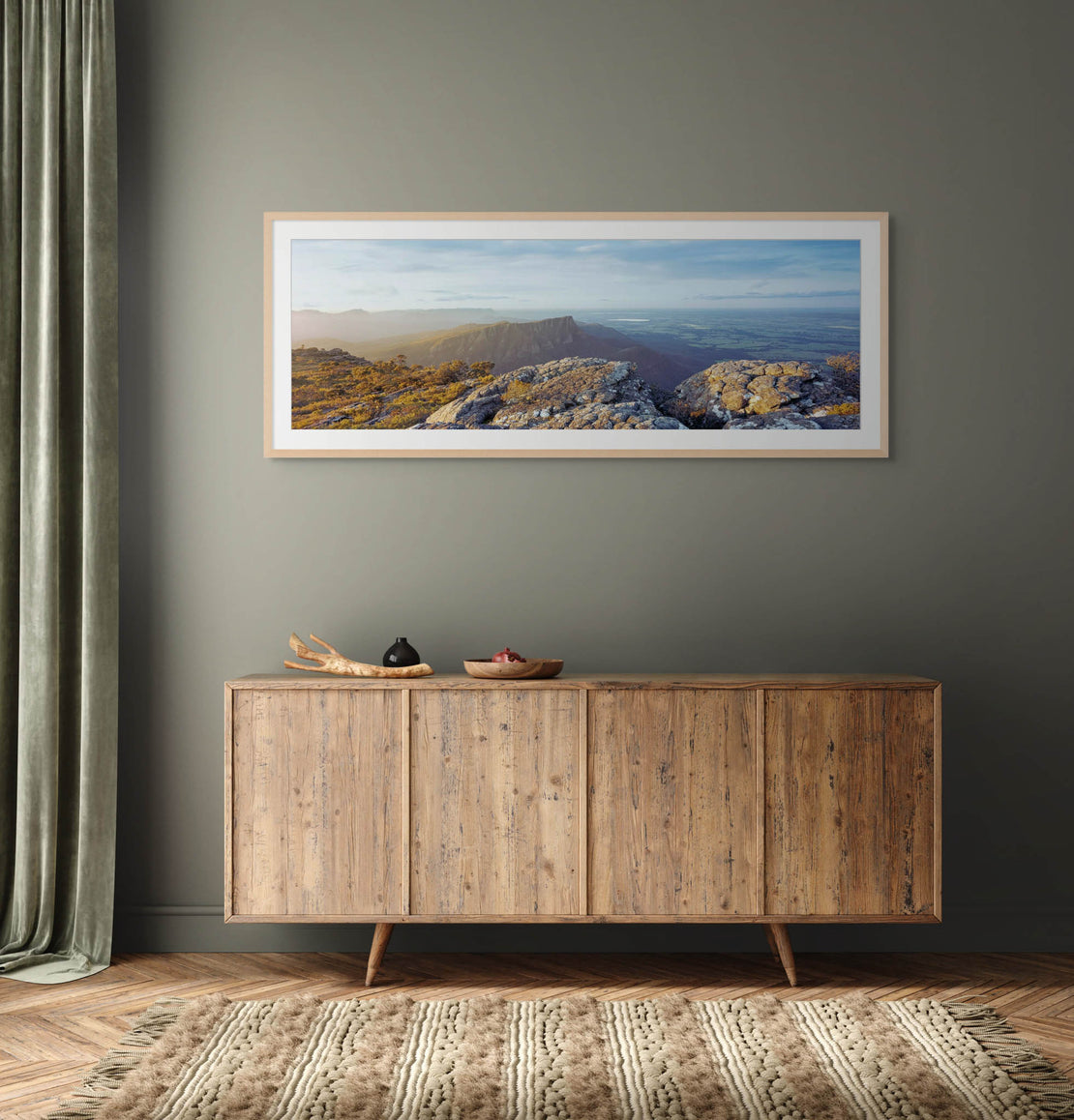
Lighting Considerations
Proper lighting can dramatically enhance your artwork, but the wrong light can cause damage over time.
- Avoid Direct Sunlight: Never hang your wall art in a spot where it will be exposed to direct, harsh sunlight for prolonged periods. The UV rays can cause the colours to fade and the materials to deteriorate over time.
- The Right Light Source:LED Lights are the best option as they emit very little heat and no harmful UV rays. Spotlights are a great way to highlight a piece. Aim the light so it hits the centre of the artwork at a 30-degree angle to reduce glare and ensure even illumination. Fluorescent lights should be avoided entirely, as they emit high levels of UV radiation that can damage your print.
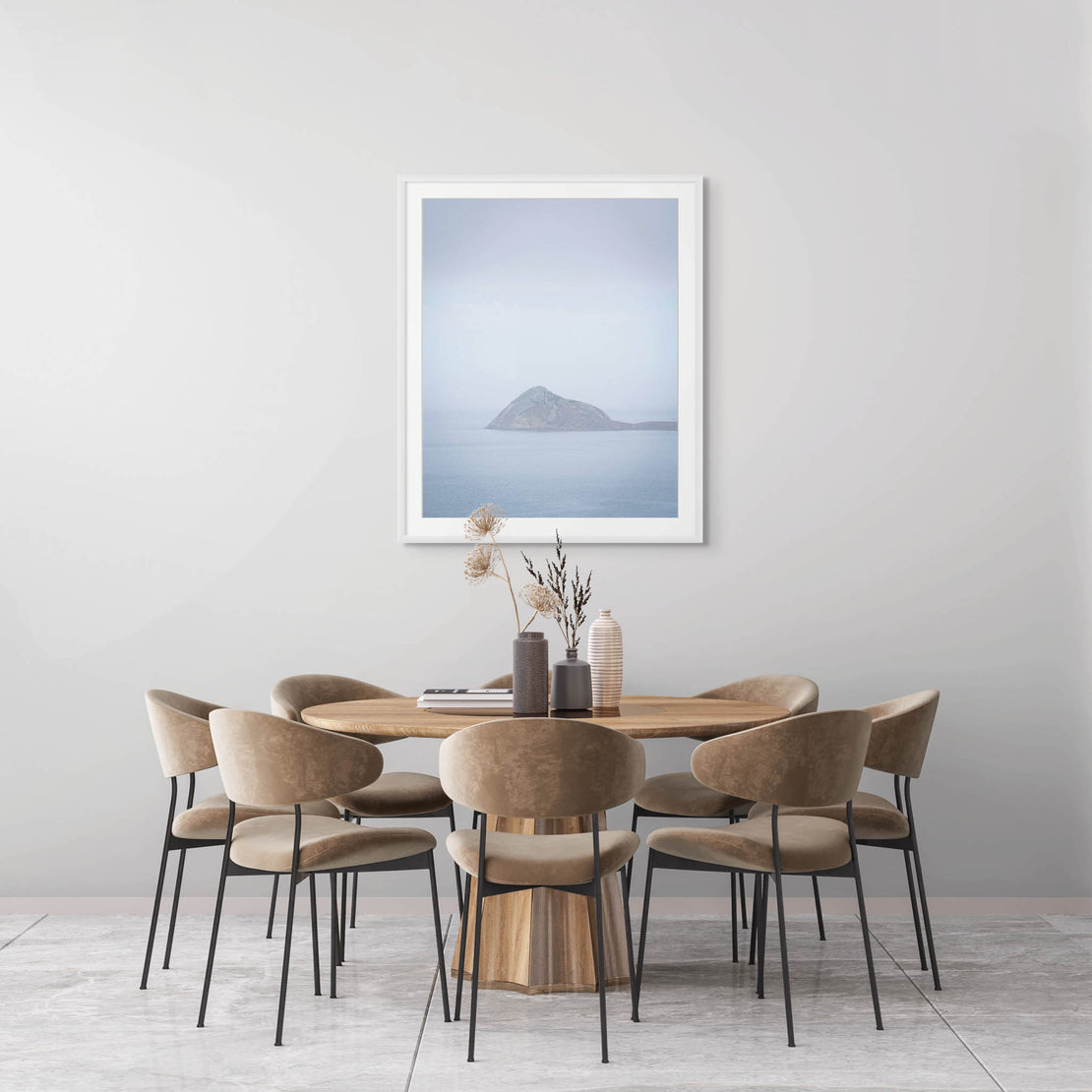
Viewing Distance
The ideal viewing distance for your wall art is a matter of personal preference, but a good rule of thumb is to stand back at least 1.5 to 2 times the diagonal length of the print. This distance allows you to take in the entire image without having to scan your eyes back and forth. For larger pieces, you may want to stand a little further back to appreciate the full scale and detail of the landscape.


